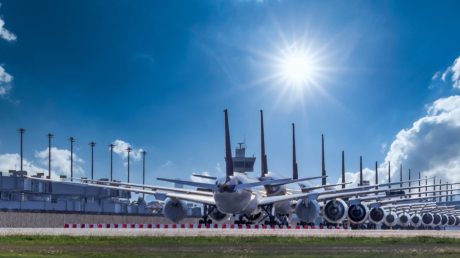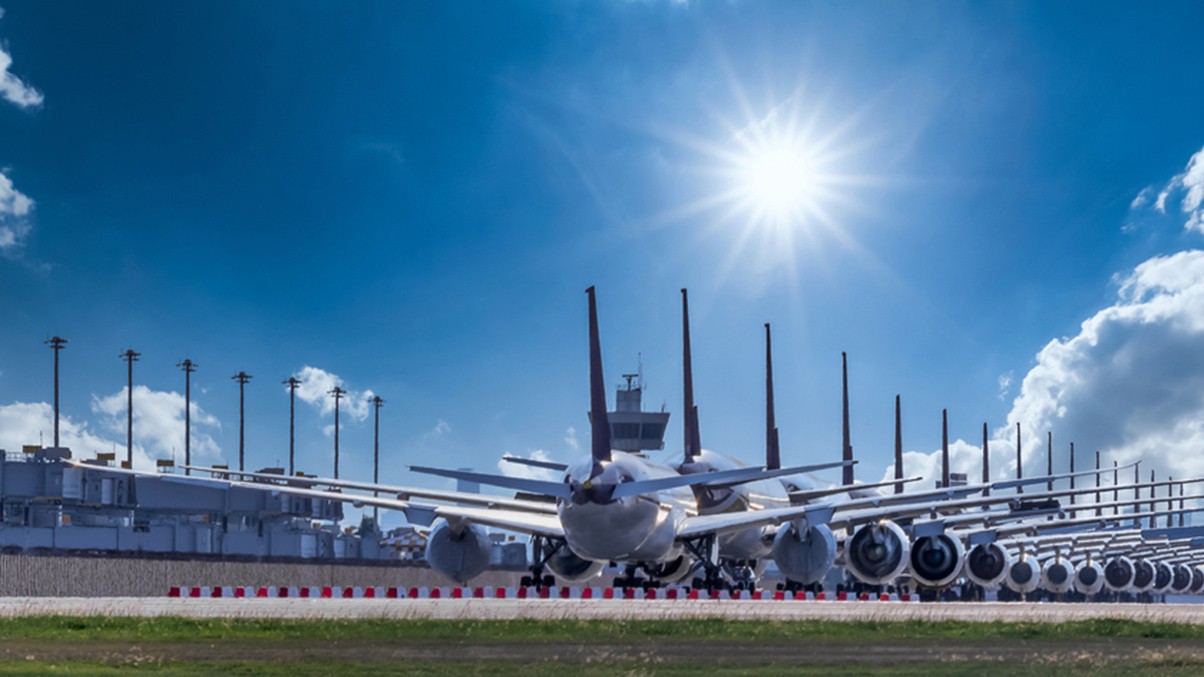Aviation litigation is technically complex and often requires an understanding of aviation laws in different countries. This specialised area often includes both domestic and international laws and regulations, as well as treaties and agreements between countries.
Aviation partner Sarah Stewart and trainee solicitor Dani Tselentakis consider some key pitfalls that aviation claimants must avoid so as not to make costly mistakes, lose their legal rights or be prevented from bringing a claim.
Technical complexity
Aviation accidents rarely have a single cause, and there is often a complex interplay of causal factors to consider. A key part of this process is the accident investigation. This will generally be conducted by the relevant accident investigation branch of the country in which the accident occurred. The sole objective of the investigation is to improve air safety by determining the causes of the accident and promoting action to prevent reoccurrence, not apportion blame or liability.
In contrast, a claimant will want to know who is responsible for the accident in order to frame a civil claim. Although the guidance produced by the International Civil Aviation Organisation (ICAO) states that the investigation should publish a preliminary report within 30 days of the accident and a final report should be made publicly available as soon as possible (if possible within 12 months), the time taken varies greatly between countries. Sometimes, no report is produced at all due to infrastructure and operational constraints. It is crucial, therefore, for claimants not to wait for the air accident final report before conducting their own internal investigations, working with aviation technical experts and gathering evidence to build up their claims.
A sound understanding of flight control systems, circumstantial evidence and human factors is required to reliably evaluate the potential causes of an aircraft accident or incident. As such, claimants would be wise to instruct specialist solicitors.
Understanding of aviation laws in different countries
Carriage by air is regulated by domestic and international law. Not only will the claimant’s solicitor need to be able to advise on local, domestic law, but as with any other cross–boundary transaction, complex questions of private international law (or the conflict of laws) must be dealt with.
An air carrier’s duties and liabilities to passengers are governed either by common law or international aviation treaties (Warsaw, Hague and Montreal). The legal framework is complex. A specialist solicitor who understands which convention applies, relevant limitations of liability, jurisdiction and time bars is crucial.
Time limits
Commercial aviation death or injury claims have a strict two-year limitation period to file a lawsuit against the airline or operator. This two-year period is intended to provide certainty and ensure that claims are brought promptly. This period cannot be extended. If a claim is not brought in time, it cannot be pursued, and no damages can be recovered from the airline/operator or their insurers. While this is fundamental to any aviation solicitor, it can get overlooked.
Case studies
- Don’t wait for the accident report: a salutary tale
In February 2023 we were asked to act in a claim arising from a fatal accident in August 2019. The family had waited for the completion of the accident report before contacting solicitors. The final report was published in November 2022 but the time limit in this case (three years) had expired in August 2022.
- Seek advice on time limits
In early October 2022 we were asked to accept instructions in a claim arising from a helicopter accident on 23 October 2020. After initial investigations, it was apparent that the claim had a two-year time limit . We needed to act quickly to protect the claim by filing court proceedings.
The recently reported case of Gregory v TUI Airways Limited (December 2021) highlights the risk of instructing solicitors unfamiliar with aviation claims. The case is a stark reminder of the need to identify the right defendant before filing the claim, especially in claims governed by international convention, as in such cases a domestic court cannot exercise discretion. In Gregory, the accident occurred on 7 January 2019. A claim was brought under the Montreal Convention, so limitation would expire on 7 January 2021. Proceedings were issued against TUI UK Limited (a travel company) on 23 December 2020, whereas they should have been issued against the carrier operating the flight (TUI Airways Limited). After the limitation period had expired, the claimant amended the Claim Form, and in April 2021, the correct defendant applied to strike out the claim.
Deputy District Judge Causton had sympathy with the claimant but held that the provisions of the Montreal Convention were clear. Article 35 of the Convention states: “The right to damages shall be extinguished if an action is not brought within two years, reckoned from the date of arrival at the destination, or from the date on which the aircraft ought to have arrived, or from the date on which the carriage stopped.” This provision sets a hard and fast time bar for a claim to which the domestic Limitation Act 1980 cannot apply, and a local court does not have the discretion to vary this. The two-year limitation period applied, so the amendment was not valid, and the action was struck out.
Conclusion
The examples above demonstrate the importance of seeking specialist advice in aviation litigation claims, and the devastating consequences that can arise in failure to do so. The Aviation team at Stewarts specialises in complex litigation arising from fatal aviation accidents and personal catastrophic personal injury, and can assist if you think you have received negligent legal advice in an aviation claim.
You can find further information regarding our expertise, experience and team on our Aviation pages.
If you require assistance from our team, please contact us.
Subscribe – In order to receive our news straight to your inbox, subscribe here. Our newsletters are sent no more than once a month.





